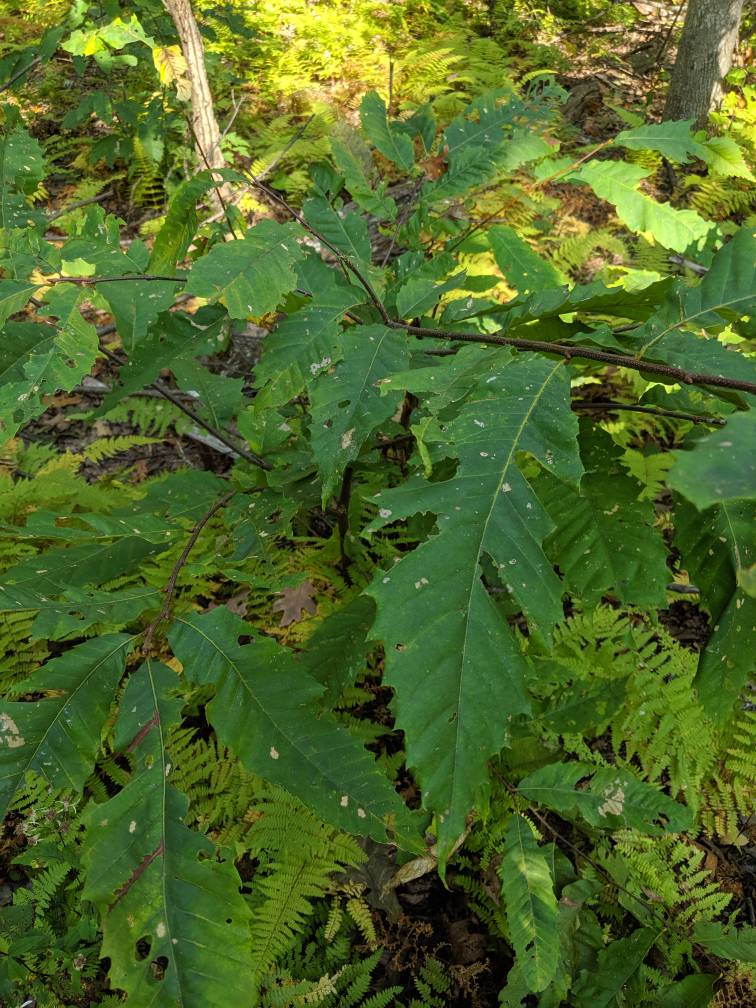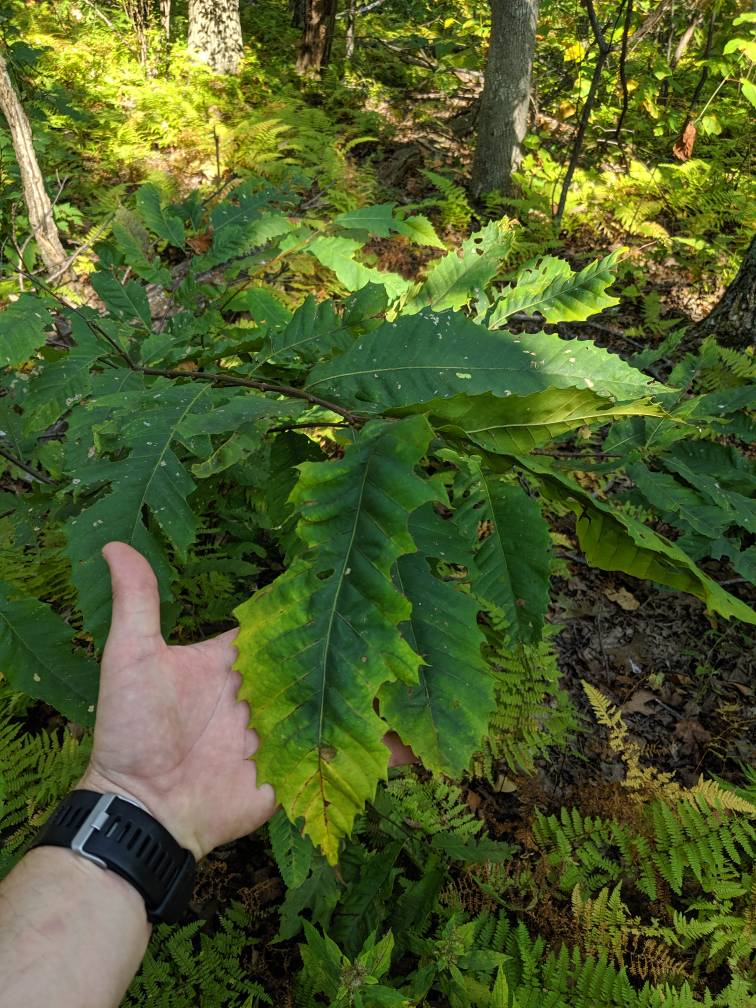I don't know if I should blame the global pandemic, or the glacial speed at which our government works, but the USDA and APHIS have just recently solicited comment from the public on the proposal to remove the GMO variant of American Chestnut trees from "regulated article" status. I was starting to wonder if natural variation would eventually develop blight resistance before these modified organisms were approved.

Something I have thought about a few times, when contemplating the various means by which large volumes of chestnuts might once again become a part of the annual fall cycle, in the eastern United States, is how many trees of a true AC form would need to be thriving in an area for them to propagate at a substantial rate? If you have a single, pure, naturally growing tree, with strong blight resistant characteristics in a given area, that is not enough. Even if you were to have 3 or 4 such trees, in close enough proximity to cross-pollinate, current results have proven, that is also not enough. We must also concede that perhaps the recessive gene traits that we all hope will some day express themselves simply has not occurred, and may never occur. What is evident, by virtue of millions of acres and hundreds of millions of trees, is that there are not enough trees with natural blight resistance to establish even small pockets of restored chestnut forest. If this is going to happen "naturally", it has not done so thus far and I think we all understand that it might take a very, very long time.
The various Asian chestnuts make excellent additions to wildlife habitat improvement efforts, but their growth characteristics preclude them from ever competing successfully in native American hardwood forests. They simply do not grow straight enough or tall enough to reproduce and propagate in a wild, hardwood setting. The same thing applies to the Dunstan chestnut variety, which has more of a central leader form, but does not grow tall enough to compete with American hardwoods.
The only two trees with any realistic hope of growing in large numbers, such that they have the
potential to grow and compete and propagate in a natural hardwood setting, are the ACF crossbred trees and the GMO trees. I have faith that both methods can and will work. In a vacuum, I would favor the ACF approach, because it is more natural and has essentially zero risk. In the absence of man, I am fairly confident that what they are trying to do is what nature would eventually accomplish, but it would take thousands of years. I believe what the ACF is doing will shorten that process of developing natural resistance, via cross-pollination, to just a few hundred years from the point of blight introduction. The problem for me is I won't live to be a few hundred years old.
So, as much as I would prefer to see natural selection, and the helping hand provided by the ACF, successfully breed blight resistance into otherwise pure AC stock, the pragmatic (and impatient?) side of me looks at the GMO solution and sees a more immediate opportunity to get chestnut trees growing throughout the hardwoods of the eastern US again, in my lifetime. When studying the exact gene-splicing method used to introduce blight resistance into trees that were verified as 100% AC, (even more pure than those being cross-bred) the analytical side of me squinted his eyes and thought, "how could that possibly cause any problems?" They are splicing one gene from naturally blight-resistant wheat, which grows all around the very hardwoods where the GMO trees might be planted. The resulting trees have shown resistance on par with the very best outcomes produced by any other method. I look at the fields full of corn and soybeans and alfalfa and sugar beets, all of them GMO's that either feed our livestock or are otherwise turned into by-products that we ingest, on a daily basis. If the "fruit" of all those millions upon millions of acres of farmland eventually makes it into our daily diet, then why not the wonderful fruit of the American Chestnut tree?
Here is a link to one article, discussing the open comment period. My guess is we're probably still years away from being able to buy trees, let alone nuts produced with this GMO blight resistance, but that is better than centuries or millenia, if you ask me.
https://geneticliteracyproject.org/...ent-on-petition-to-approve-gmo-chestnut-tree/
To wrap up a thought I started earlier in this already too-long post: For every true AC growing in the hardwoods of America today, if we could introduce even a handful of genetically-modified trees with blight resistance, does that create opportunities for propagation of those 100% true, unmodified genetics? Does the cross-pollination of those 100% pure trees with GMO trees eventually give us sustainability with genetics that are indistinguishable from what we saw prior to the introduction of the blight? What I'm asking is, are there singular trees with 100% true genetics, expressing blight resistance, but with so few corresponding trees to propagate with, that they are failing to increase in number? Maybe I am being naïve and the GMO trees will completely replace the original genetics, over time. Given that they are the closest thing to pure we have, with strong blight resistance, I think it's a gamble worth taking, even if my thoughts on propagation with true AC trees are just so much wishful thinking.







